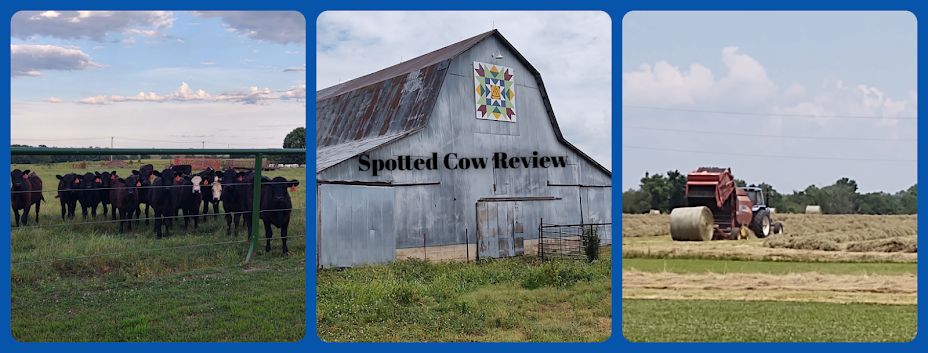
As I boiled eggs to prepare requested deviled eggs as part of my son's birthday supper,I thought a lot about the egg recall that has been on the radar screen of all consumers this week. Any type of safety and quality issue with food is very serious to all farmers because the American farmer makes it a top priority to provide the highest quality and safest food products for consumers. As the Centers for Disease Control and the Food and Drug Administration are working to find the source of the issue, America's egg farmers are urging people to thoroughly cook their eggs as salmonella is destroyed by the heat of cooking. Eggs should be cooked until the whites and yolks are firm or, for dished containing eggs, until an internal temperature of 160 degrees Fahrenheit is reached. You can find great information about eggs and answers to questions you may have about the egg recall at http://www.eggsafety.org/. As we go forward and more information is shared about this recall and its cause, I will still be thanking the American Egg Farmer and all other farmers for the safest,most abundant and affordable food in the world!







